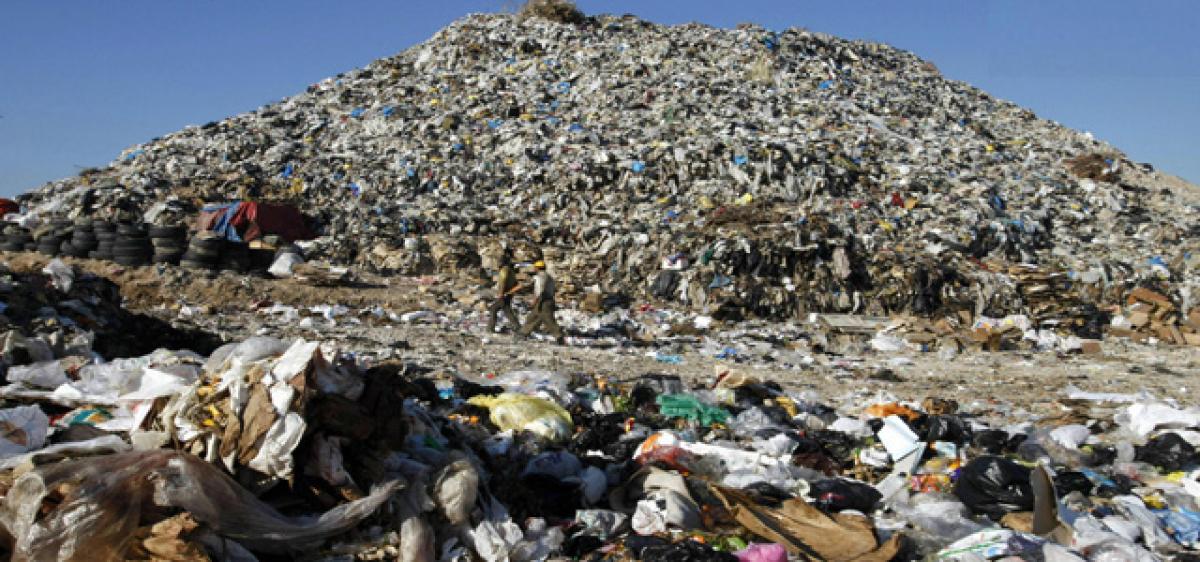Live
- South Korea, US, Japan to announce establishment of trilateral secretariat this week
- North Korean leader Kim orders mass production of suicide attack drones: KCNA
- Calcutta HC to hear next week plea for CBI probe into death of Jhargram Hospital doc
- Nigeria reports 15,000 AIDS-related deaths annually: Official
- The quicker Mohammed Shami gets fit and is on a flight, it's better for India, says Shastri
- BGT 2024-25: KL Rahul, Sarfaraz Khan suffer elbow in injuries; Virat Kohli taken for scans as India finish first practice session
- Govt’s PAIR programme to boost research, innovation in higher education
- India’s GDP to grow 6.5-7 pc through FY27 over infra, consumption push: Report
- UNIFIL patrol attacked by unknown shooters in Lebanon
- Vinicius misses penalty as Brazil stumble against Venezuela









